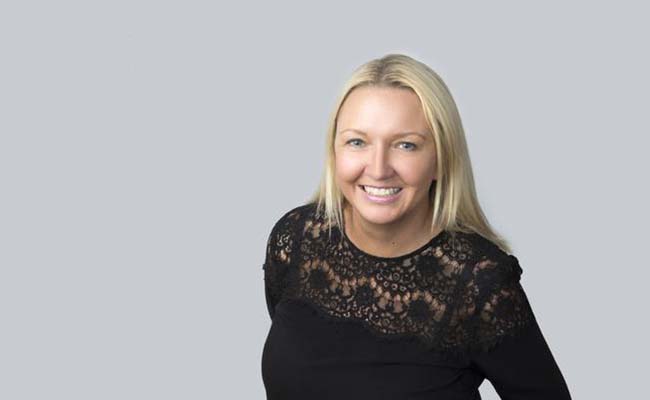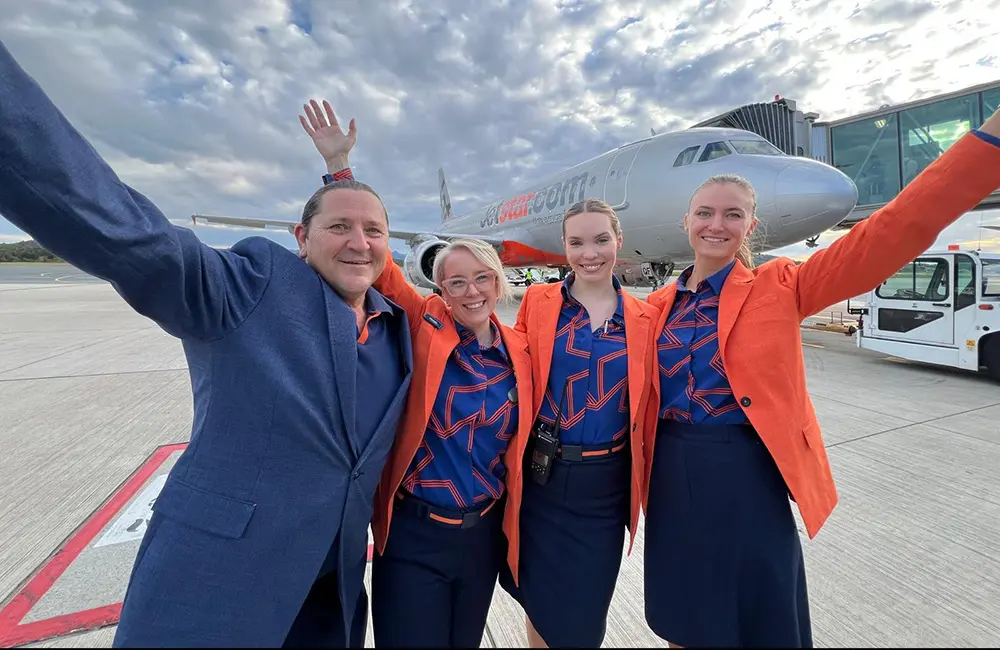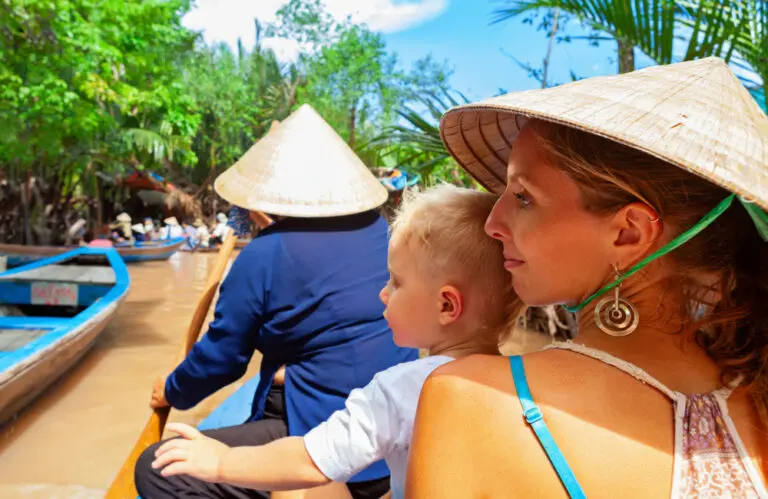A fresh frequent flyer product has entered the chat. Qantas Group has launched a new annual $199 membership tier for Club Jetstar that allows Qantas Frequent Flyer members to earn more status credits and points on even the cheapest Jetstar fares.
The major update to the Qantas Frequent Flyer (QFF) loyalty scheme will compete with Virgin Australia’s recent changes, which allow Velocity members to use points for purchases at Myer and for food inflight, to attract value-conscious consumers.
The Club Jetstar joining fee is $65 ($55 for renewals) and includes early and exclusive access to sales, discounts on select flights and 20 per cent off bags and seats. Members can also join Qantas Frequent Flyers for free.
And now, Club Jetstar Extras allows Qantas Frequent Flyers to add more perks to the new membership.

Customers can add a Qantas Frequent Flyer Extra to their Club Jetstar membership for $199 per year and earn Qantas Points and Status Credits whenever they book an eligible Jetstar flight, including Starter Fares for the first time, online via jetstar.com or the Jetstar app.
With Qantas Frequent Flyer Extra, Club Jetstar members can earn five QFF Status Credits per eligible domestic flight and 10 QFF Status Credits per eligible international flight booked on the website or app.
Previously, status credits and points were only available when QFF members paid for higher-priced fares.
Status credits are capped at 75 per year through Club Jetstar, however, QFF members’ capacity to earn points is unlimited.

Jetstar Group CEO Stephanie Tully said the change will allow members to earn millions of points more each year and give customers access to cheaper airfares as well as status credits.
“We’re making flying with Jetstar even more rewarding by supercharging the earning power of Qantas Frequent Flyers when they travel with us – so they can take off more for less,” she said.
“Qantas Frequent Flyer Extra is the perfect way to get the best of both worlds – Jetstar’s famous low fares and extensive leisure network while accruing highly valued Qantas Points and Status Credits across all flights.”
Air New Zealand also just announced a major overhaul to its Airpoints loyalty scheme, including a new name and new status tier, which will come into effect next year.






